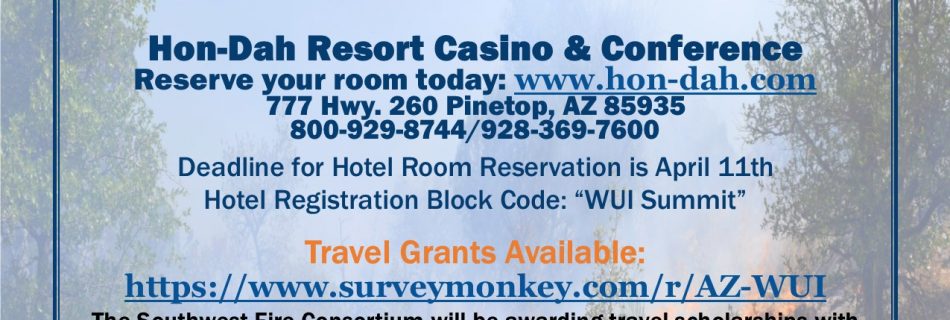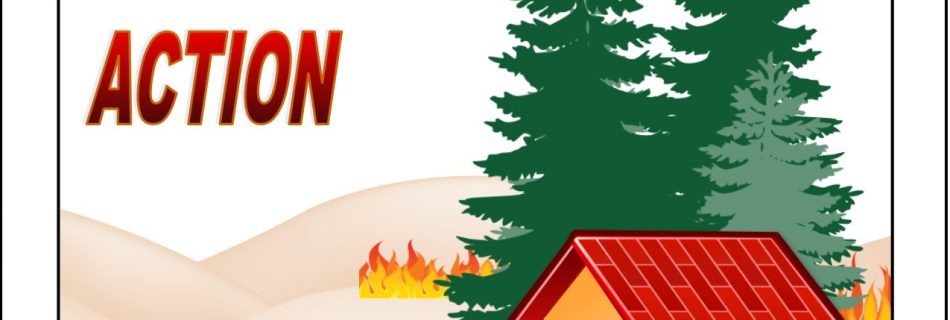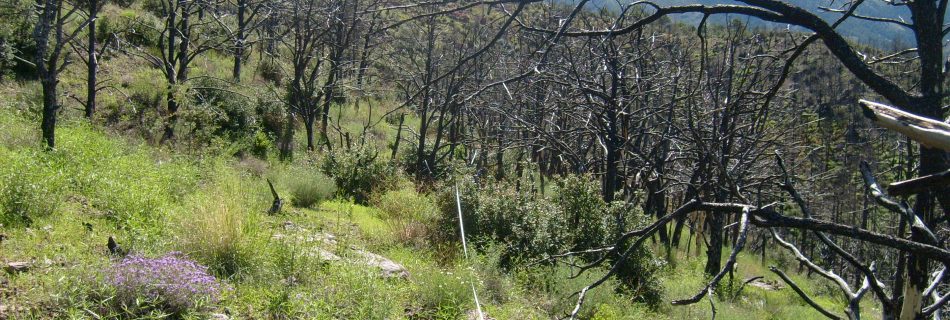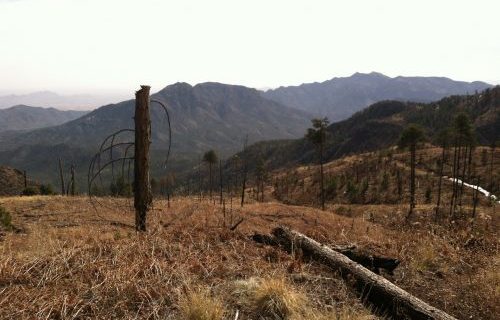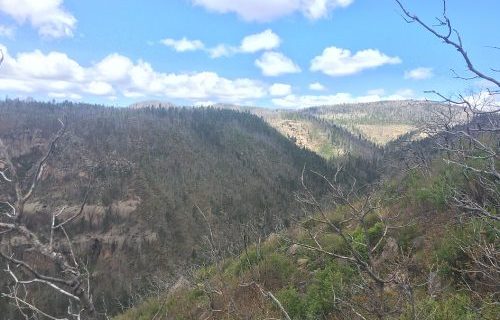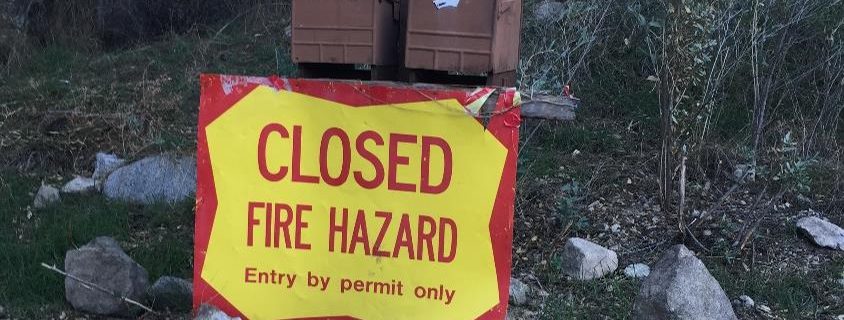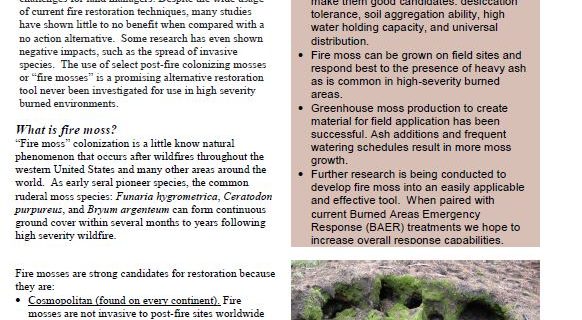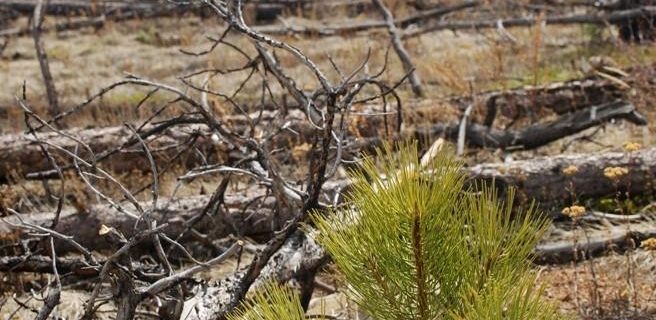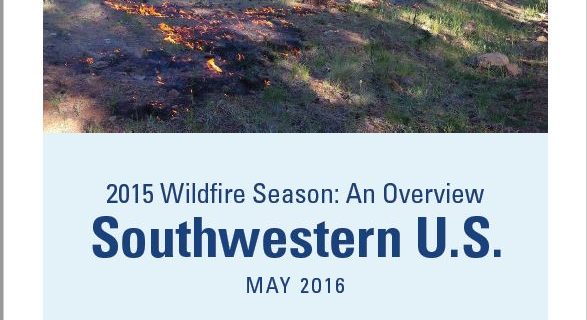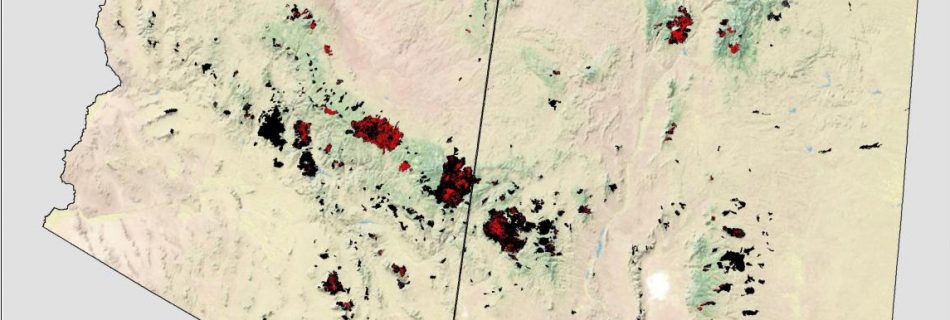April 27-28, 2018: Arizona Wildland Urban Interface Summit
This two-day summit is designed for homeowners, community members and emergency response agencies to exchange information on various wildfire preparedness and mitigation actions, in an effort to reduce loss and increase safety within their community. Topics include the Firewise USA program, hazard fuel reduction grants, insurance issues, Fire Adapted Communities program, Ready-Set-Go!, emergency management, forest …
Read more “April 27-28, 2018: Arizona Wildland Urban Interface Summit”

